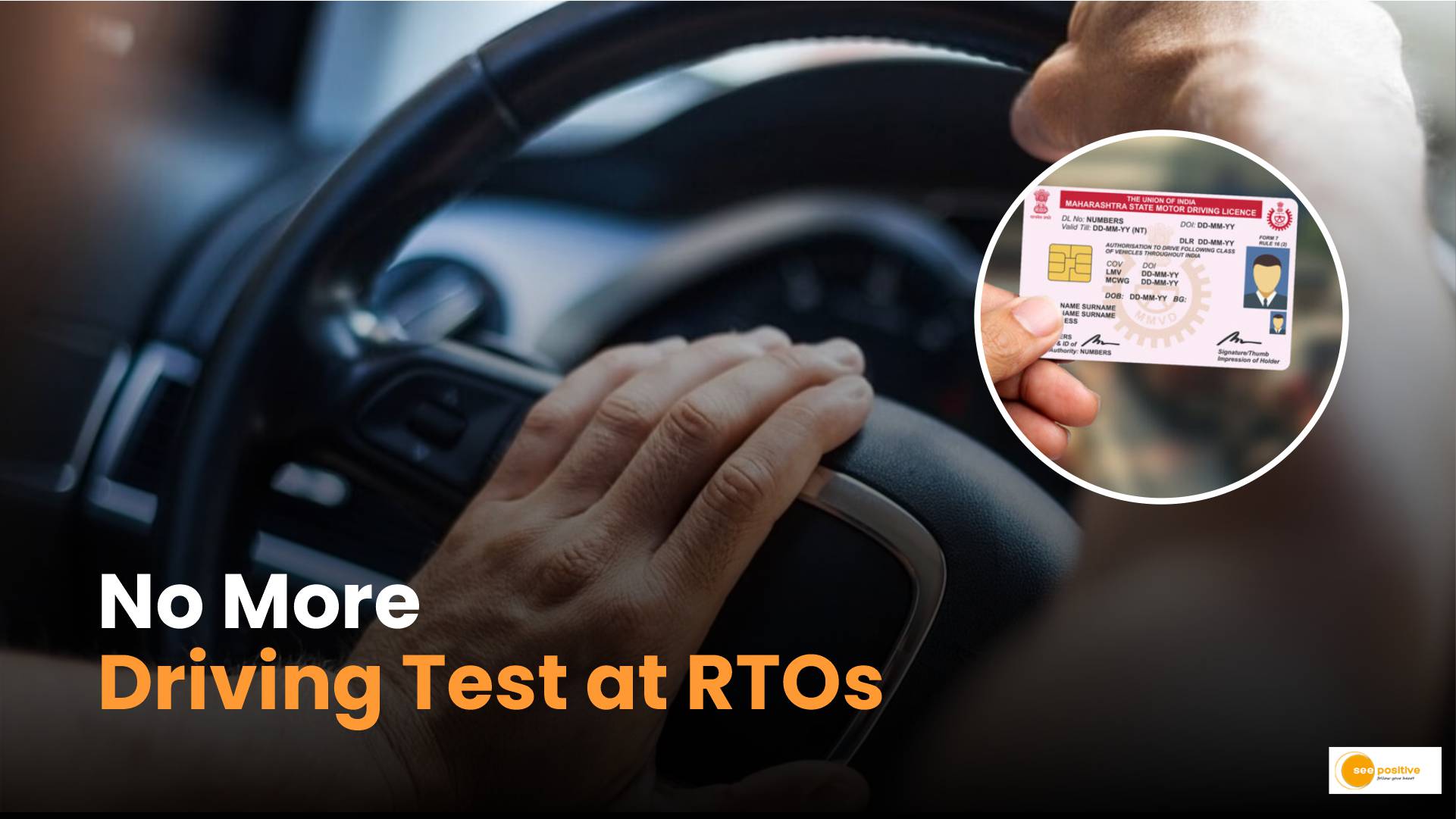The Indian government has recently introduced significant changes to the process of obtaining a driving license. These regulations aim to streamline the application process, enhance road safety, and promote environmental consciousness. Let’s delve into the key updates:
No More Driving Test at RTOs
Previously, individuals seeking a driving license had to undergo a driving test at a government Regional Transport Office (RTO). However, this requirement has been eliminated. Instead, private institutions are now authorized to conduct driving tests and issue certificates to qualified candidates.
Training and Electronic Record
To obtain a driving license, candidates must complete training at authorized driving centers. The training process includes both theoretical and practical components. The test results are recorded electronically for audit purposes.
Environmental Focus
The new rules emphasize environmental concerns. Approximately 900,000 old government vehicles will be phased out, and stricter regulations on car emissions will be enforced. This move aligns with global efforts to reduce pollution and promote sustainable transportation.
Updated Documentation Requirements
The Ministry of Roads and Highways has revised the documentation needed for a new driver’s license. The requirements now differ between two-wheeler and four-wheeler drivers. These changes aim to simplify the application process and reduce the need for physical examinations at RTOs.
Private Driving Training Centers
The government has set specific guidelines for private driving training centers:
- Minimum Land Requirement: A driving training center must have a minimum of 1 acre of land. For centers focusing on four-wheeler training, an additional 2 acres of land are required.
- Access to Testing Facility: Each center must have access to a suitable testing facility.
- Trainer Qualifications: Trainers must possess at least a high school diploma or equivalent education. Additionally, they should have a minimum of 5 years of driving experience and be familiar with biometrics and information technology systems.
- Duration of Training:
- Light vehicle training (e.g., cars and bikes) must be completed in less than 4 weeks, with a minimum of 29 hours of training. This includes both theoretical and practical sessions.
- Heavy motor vehicle training requires 38 hours of training, comprising 8 hours of theoretical education and 31 hours of practical preparation. Heavy vehicle training should be completed within 6 weeks.
Penalties
- Speeding: The fine for speeding ranges from Rs 1,000 to Rs 2,000.
- Minors Caught Driving: If a minor is caught driving, they face a fine of Rs 25,000. Additionally, their driving registration card will be canceled, and they won’t be eligible for a license until they turn 25 years old.
In summary, the new rules prioritize safety, environmental consciousness, and efficient processes. Aspiring drivers can now obtain their licenses without the traditional RTO driving test, provided they complete the necessary training and meet the requirements set by private training centers.
Remember, safe driving is not just about obtaining a license—it’s about being responsible on the roads and ensuring the safety of yourself and others.


